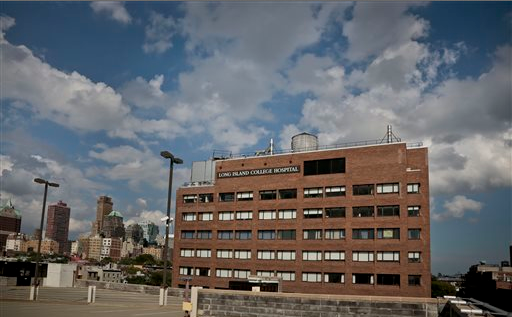OPINION: LICH players should act fast to prevent deterioration

The way things are now, with lawsuits and counter-suits, only a miracle can prevent SUNY from closing Long Island College Hospital on May 22. And if the past can ever serve as a guide, it could be vacant for months, maybe even a year or so, before a solution is reached.
What will happen for that period of time? You will have a few large vacant buildings in Cobble Hill and a lot of smaller vacant buildings. Just the sight of these buildings will bring a depressing dynamic to the neighborhood. Without even meaning to do so, neighbors will start walking down different streets to avoid the former LICH buildings.
Yes, the buildings will be heavily guarded – at first. But if buildings aren’t used on a day-to-day basis, things will inevitably start to go wrong. If a leak takes place in one of the sinks or from the roof, without constant monitoring, it could take weeks for it to be discovered. In the meantime, lots of damage could take place.